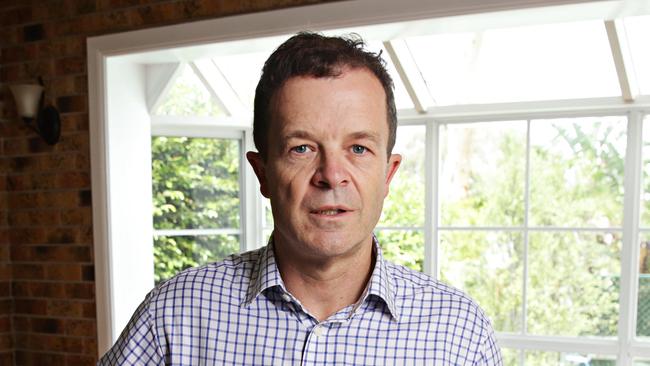Domestic violence reports increase across spate of NSW suburbs
Domestic-violence related assaults have jumped across a spate of NSW regions, sparking calls for drastic reform. The worrying trend comes just weeks after the tragic murder of Queensland woman Hannah Clarke.
Police & Courts
Don't miss out on the headlines from Police & Courts. Followed categories will be added to My News.
There are growing calls for reform as new data reveals domestic-violence related assaults have spiked in NSW — jumping almost fitfy per cent in one Sydney suburb.
New data from the Bureau of Crime Statistics shows a 5 per cent increase in reports of domestic-related assaults of partners and family members in NSW in the two years to December 2019.
A string of Sydney suburbs saw a huge increase in reports, jumping almost fitfy per cent in Sutherland and 27 per cent in Baulkham Hills.
In the Riverina, eastern suburbs, Ryde, Newcastle and Lake Macquarie and Sydney inner-southwest there has also been a substantial increase.
BOCSAR acting executive director Jackie Fitzgerald said it was unclear whether the increase was due to an increase in reporting or offending.
The worrying new trend comes just weeks after the horrific burning murder of Queensland woman Hannah Clarke and her three children sent shockwaves through the nation.


The devastating attack sparked calls for systemic reform — including a clampdown on apprehended violence orders (AVOs) — after it was revealed protection orders failed to keep Ms Clarke safe.
Now, calls for change have intensified amid fears millions in government funding have done nothing to address the issue.
Domestic Violence NSW chief executive officer Joanne Yates said the increase was “worrying” if an increase in violence — not in reporting of violence — was to blame.
“The increase is glaring and we don’t know what drives it yet.
“It could be due to the increased level of support and pro-active policing which would be good news. If it is an increase in incidents than that is worrying.”
Domestic violence statistics should be reviewed in a year to confirm whether the trend was a result of a spike in attacks, she said.
While state government violence prevention programs such as school-based behavioural change programs were to be “congratulated,” more needed to be done, she said.
“There are a range of reforms we’re still calling for. Reforms around the investigation and follow-up of AVOs, reforms to family law and court processes and investment in crisis services and housing.”
The peak group will work with NSW Police and service providers to investigate the data, Ms Yates said.

NSW Minister for the Prevention of Domestic Violence Mark Speakman said the fact serious assaults involving grievous bodily harm remained stable over the two years could suggest the increase is a result of more victims coming forward.
“We don’t know whether it’s because of an increase in the underlying rate or because victims are more willing to come forward or reflects more intensive policing.”
The twofold jump in assaults in Sutherland also points to this, he said.
“It’s pretty hard to believe there would be a 49 per cent increase in the underlying rate.”
